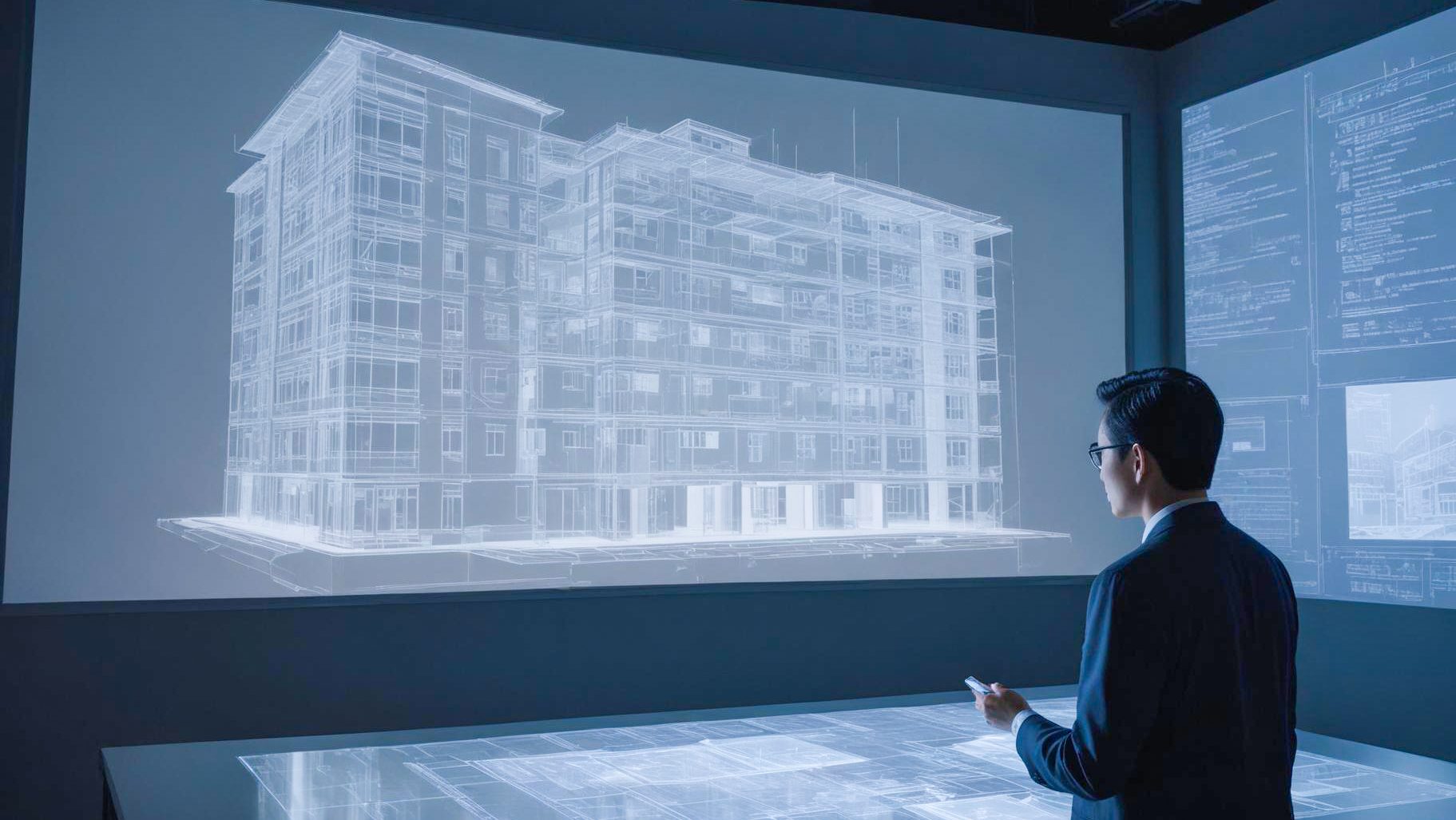BIM services for construction planning creates digital models to show the physical and functional aspects of buildings, making construction planning and management more efficient. By leveraging Building Information Modeling (BIM) has emerged as a transformative tool in the fields of architecture, interior design, construction, and civil engineering, revolutionizing how projects are planned, executed, and managed.

Key advantages of BIM Services for Construction Planning
Here are the key advantages that highlight why BIM is crucial in today’s construction landscape:
- Enhanced Collaboration and Coordination: BIM serves as a collaborative platform where architects, engineers, contractors, and stakeholders can work together seamlessly. By centralizing project information—from architectural designs and structural details to MEP (Mechanical, Electrical, Plumbing) systems—BIM enhances communication and coordination. This integrated approach minimizes conflicts, improves decision-making, and ensures that all project participants are aligned with the project goals from the outset.
- Advanced Visualization and Design Integration: Unlike traditional 2D drawings, BIM enables the creation of detailed 3D models that provide a comprehensive visual representation of the project. This capability allows architects and engineers to visualize spatial relationships, analyze design alternatives, and detect potential clashes early in the design phase. By integrating architectural, structural, and MEP disciplines into one model, BIM facilitates holistic design integration, improving overall project quality and efficiency.
- Efficient Project Management and Resource Optimization: BIM supports efficient project management by enabling architects to develop accurate construction schedules and detailed cost estimates. By visualizing the construction timeline and resource allocation within the BIM environment, project managers can optimize workflows, anticipate project milestones, and identify potential risks before they impact the project. This proactive approach not only enhances project efficiency but also helps stakeholders manage resources effectively and stay within budget constraints.
- Sustainable Design and Performance Analysis: In response to growing environmental concerns, BIM plays a crucial role in promoting sustainable design practices. Architects can use BIM to simulate building performance, analyze energy consumption, daylighting strategies, and HVAC system efficiency. By conducting these analyses early in the design process, architects can optimize building performance, reduce operational costs, and achieve green building certifications more effectively. BIM’s ability to evaluate sustainability metrics empowers architects to design buildings that are not only aesthetically pleasing but also environmentally responsible.
- Lifecycle Management and Facility Maintenance: Beyond construction, BIM supports the entire lifecycle of a building—from design and construction to operation and maintenance. By capturing and managing comprehensive data about building components, materials, and systems, BIM facilitates efficient facility management. This information is invaluable for ongoing maintenance planning, renovations, and future expansions, ensuring that buildings operate optimally throughout their lifecycle. BIM’s role in lifecycle management enhances building performance, reduces lifecycle costs, and improves occupant satisfaction by ensuring buildings remain functional and sustainable over time.
In conclusion, Building Information Modeling (BIM) enhances collaboration and promotes sustainable design practices across architecture and construction. Embrace BIM with Xpress Rendering to streamline projects, enhance collaboration, and achieve superior outcomes. Discover how BIM services can benefit your projects—contact us today to elevate your construction planning.
Follow us on LinkedIn, Facebook, and Instagram for the latest updates and more architectural news.
Let’s build smarter, together.


